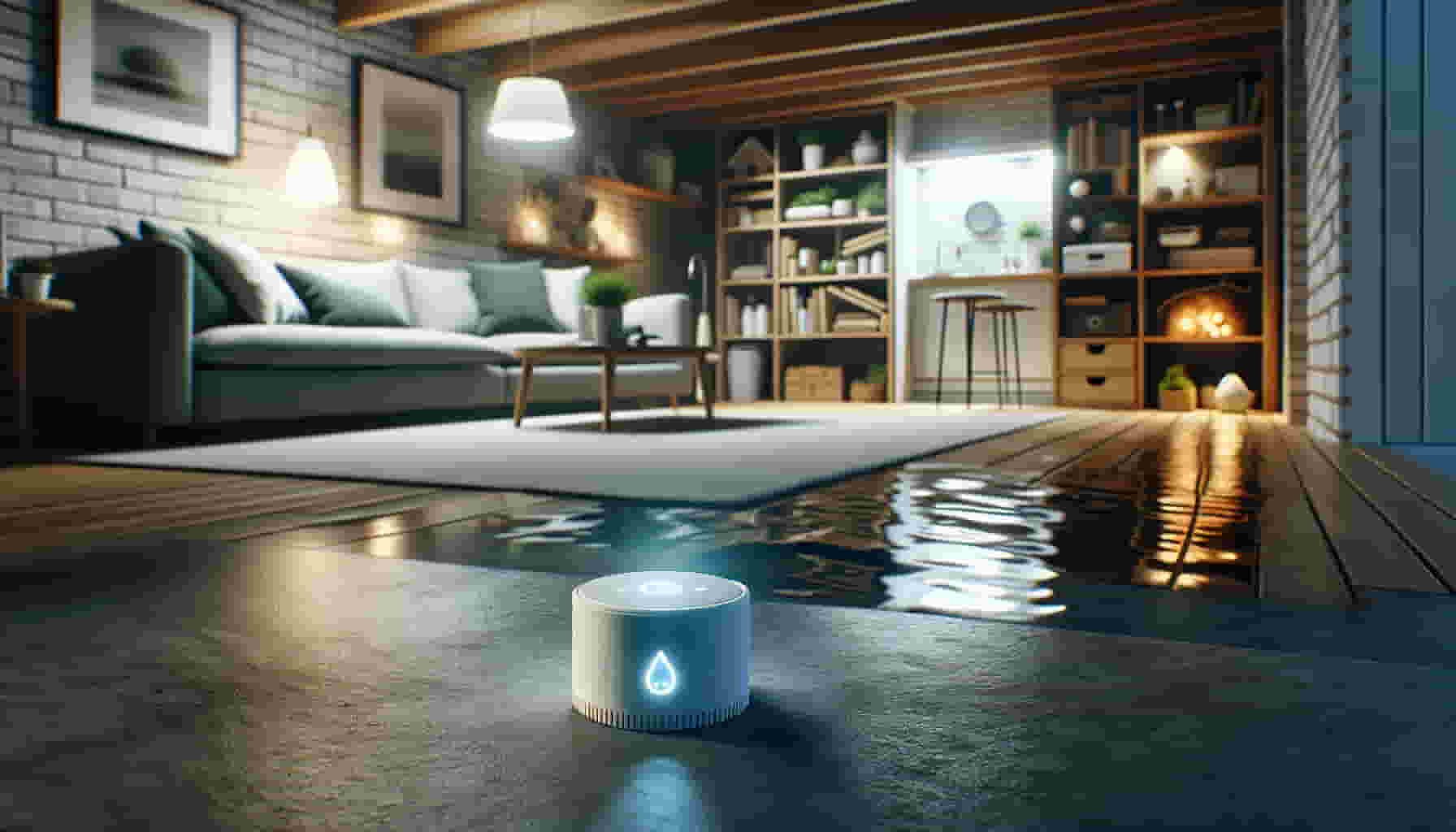Basement flooding can cause thousands of dollars in damage and create unhealthy conditions. According to the US Federal Emergency Management Agency (FEMA), nearly 40% of small businesses never reopen their doors following a flooding disaster. Additionally, the average basement flood causes over $20,000 in damage for homeowners without insurance. The installation of water alarms and sensors can give early warning and help prevent flooding disasters. This article explains what basement water sensors are, why they are essential preventative tools and tips for proper selection and placement in your home.
What Are Basement Water Sensors and Alarms?
Basement water alarms and sensors detect rising water levels and changes in humidity. There are several types, including:
- Wireless sensors: TheseDetect leaks and send smartphone alerts so you can respond quickly, even when away from home. Many connect to home automation systems.
- Wired sensors: Hardwired into an alarm system to trigger sirens and alerts when water is detected. Helpful if wireless networks are disrupted during storms.
- Water alarms: Self-contained battery-powered units that have built in audible alarms. Placed near problem areas to alert at the first sign of water intrusion.
- Smart water shut-off systems: Automatically turn off main water lines to stop catastrophic bursting and leaks when sensors detect issues. Help protect the whole home.
Why Are Basement Water Sensors Essential?
Catching leaks and floods early is crucial to limiting damage. According to the Institute for Business and Home Safety (IBHS), an inch of water left sitting for as little as 24-48 hours can cause structural problems and encourage toxic mold growth. Key reasons sensors are vital include:
Prevent Costly Damage: Flooding ruins furniture, walls, flooring, and valuables. Sensors alert at the first sign of trouble so you can stop the water source and call in cleanup crews to dry out areas ASAP. This helps minimize destruction.
Reduce Health Risks: Quick response also helps inhibit mold issues to avoid asthma triggers and illness.
Secure Safety: Catching floods early on helps reduce electrical dangers and slipping hazards on wet floors that could harm occupants.
Enables Fast Cleanup: The faster excess water is extracted with professional equipment, the less time it has to cause problems. Catching the issue early jump starts the remediation process.
Provides Peace of Mind: Perhaps most importantly, sensors offer warning even when you’re away so you can coordinate rapid response no matter where you are. Knowing your home is protected is invaluable.
Choosing the Right Water Sensors
With many sensor options available, from simple alarms to complex smart home devices, use these guidelines when selecting units for your needs:
Match sensor type to risk area – Determine where leaks most often spring up or are likely after heavy storms, then place the right sensor for that zone. Use wireless sensors in unfinished rooms and wired versions in high-risk finished spaces.
Ensure loud enough alarms – Opt for units with 80-90 decibel alarms that alert people both inside and outdoors. This allows fast on-site and remote response.
Check sensor spacing – For the best protection, install a basement water sensor every 10-15 linear feet around basement walls and around water fixtures. Cluster additional units near floor drains, HVAC systems, and along wall cracks.
Confirm fast and reliable connectivity – If installing wireless systems, be sure the home internet and sensors have strong connectivity for instant mobile alerts and integration with control platforms.
Evaluate battery life – Long-life lithium battery sensors avoid the need for frequent replacements. Or select hardwired or plugin sensor options.
Seek professional monitoring – For ultimate peace of mind when away, choose sensors that support 24/7 monitoring services to ensure alerts are always received by response teams.
Strategic Sensor Placement For Early Leak Detection
Location is everything when installing water sensors. Prioritize placement based on risk areas and early detection goals:
- Floor drain pipelines: Surface water from heavy storms easily overwhelms drains, causing backflows.
- Near appliances: Water heaters, washers, and HVAC equipment often spring small leaks that sensors can catch early.
- Along basement walls: Seepage from saturated ground outside tends to track along foundation cracks and unfinished walls.
- Low elevation zones: Water flows to the lowest points. Identify these drainage problem spots for priority protection.
- Room corners: Condensation and moisture often accumulate in hidden corners first before appearing elsewhere.
For the most complete coverage, install a network of sensors connected wirelessly to a central hub rather than just single units. This allows for identifying specific triggered sensors and mapping leak locations instantly from anywhere. Integrate systems with other smart home devices like automatic water valves and pumps for the fastest response times.
The Last Line of Defense
While no one wants to think about possible flooding disasters, unexpected water intrusions happen all too often. Installing basement water sensor provides essential first notice to help circumvent damage, health hazards, and loss. Key takeaways for homeowners include:
- Water sensor alarms provide critical early warning to help minimize destruction from leaks and floods.
- Wireless sensor networks deliver alerts even when away to coordinate rapid response.
- Strategically placed sensors in high-risk zones and low-elevation areas are key for early detection.
- Integrated smart home water systems enable automatic containment to secure safety and reduce harm.
Equipping your home with the proper water sensors guards against unexpected flooding events when every minute counts. These preventative systems help safeguard what matters most – protecting family, home, and health.
